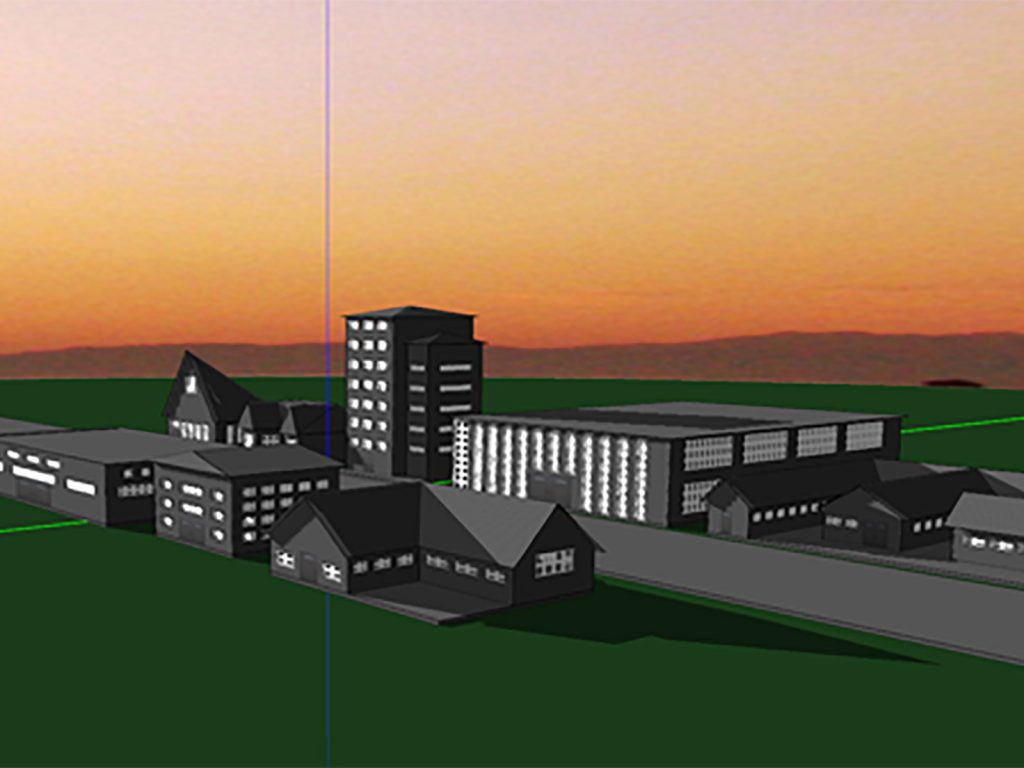Category: Tag: engineering-design
Learning Everywhere explores how cutting-edge technologies and novel materials can be designed to study and better support engaging conceptual, collaborative, and tangible learning across different contexts and settings.
With the CraftTech Lab at the University of Colorado at Boulder and the Children’s Creativity Museum in San Francisco, we are studying adaptive expertise in youth as they design with a new genre of learning materials, software, and design tools called paper mechatronics.
Fig. 1: An Energy3D model of the SAS solar farmFig. 2: Daily production data (Credit: Xan Gregg)SAS, a software company based in Cary, NC, is powered by a solar farm consisting of solar panel arrays driven by horizontal single-axis trackers (HSAT) with…
SimBuilding is an interactive, intelligent environment in which learners are immersed in scenarios that mimic situations they would encounter in real workplaces. Personalized tutoring is provided based on analyzing learner behavior.
SmartCAD, a computer-aided design system with embedded computational engines, analyzes student design artifacts on a scientific basis and provides automatic formative feedback in numbers, graphs, and visualizations to guide student design processes on an ongoing basis.
We’re developing sophisticated process analytics to make sense of the large quantity of student data associated with complex, open-ended engineering design tasks.
Schools have plenty of roof space that can be turned into small power plants to provide electricity to students. Many schools have already taken actions. Some teachers even use the subject matter in their teaching. But in most cases, students are not profoundly involved in solarizing their own schools. Fig. 1: Google Map 3D vs. […]
Fig. 1: PS20 field output heat map (June, 22) Fig. 2: PS20 field output heat map (December, 22) Fig. 3: Fermat spiral layout (6/22, Phoenix, AZ) In an earlier article, I have discussed the concepts and issues (shadowing, blocking, cosine efficiency, etc.) related to the design of heliostat layouts for concentrated solar power (CSP) tower […]
Fig. 1: Visualizing shadowing loss As a one-stop-shop for solar solutions, Energy3D supports the design of concentrated solar power (CSP) stations. Although the main competitor of the CSP technology, the photovoltaic (PV) power stations, have become dominant in recent years due to the plummet of PV panel price, CSP has its own advantages and potential, […]
Fig. 1: HSAT and VSAT.Energy3D now supports three major types of solar trackers: Horizontal single-axis trackers (HSAT), vertical single-axis trackers (VSAT), and altazimuth dual-axis trackers (AADAT). I have blogged about HSAT and AADAT earlier. Figur…




